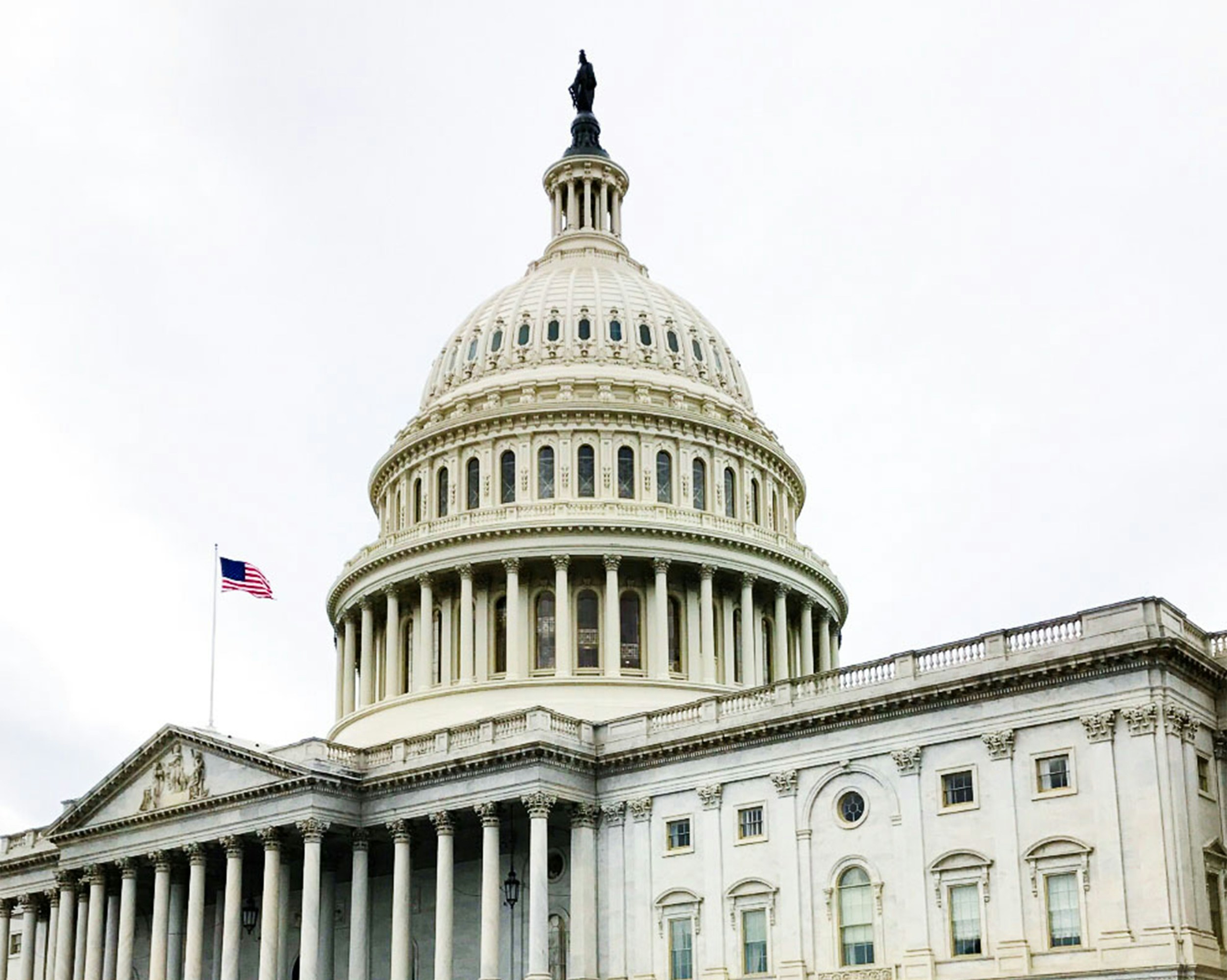
Trump Administration Takes Aim at DEI Initiatives, Including Striking Executive Order 11246. Is it the Beginning of the End of Affirmative Action Plans and Reporting?
- Breaking News
In the first two days of his second term, President Trump has issued a slew of Executive Orders on a range of policy issues. While many expected the President to take aim at diversity, equity, and inclusion programming in the public and private sectors, I don’t think many expected President Trump to rescind Executive Order 11246 on Wednesday.
Why Does It Matter?
Executive Order 11246, signed in 1965 by President Lyndon B. Johnson, is the primary authority from which the OFCCP directs covered federal contractors and subcontractors: (i) to create affirmative action plans comparing the actual demographics of the workplace by sex and race with the statistically-projected demographics; (ii) to study employment decisionmaking for abnormalities by race or sex.
The impact of the rescission of Executive Order 11246 is unclear and will almost certainly be the subject of immediate legal challenge. Here are the known knowns and the known unknowns as we see them today:
What We Know:
- President Trump’s Executive Order rescinding E.O. 11246 gives covered contractors and subcontractors until April 21, 2025 to continue complying “with the regulatory scheme in effect on January 20, 2025.” Anyone who knows how hard and costly it is to get the data collection mechanisms in place knows they never want to repeat the process. Most covered contractors and subcontractors should stay the course to see what shakes out over the next three months.
- Most contractors will be required to continue to gather race and sex self-identification for EEO-1 reporting under Title VII and its regulations.
- E.O. 11246 was the OFCCP’s source of authority for its affirmative action regulations applicable to reviewing placement and displacement decisions by race and sex only. Statutes—those things passed by Congress and normally signed by the President—set up the affirmative action plan and benchmarking authority applicable to reviewing the placement of veterans and individuals with disabilities. VEVRAA and Section 503 (IWD) Plan obligations are unchanged.
What We Don’t Know:
- The OFCCP’s E.O. 11246 regulatory scheme is the result of an administratively proper notice-and-review process. Can it somehow continue to stand without its foundation, like a place setting coming to rest on a bare table if you just pull the cloth out from under it fast enough?
- The OFCCP’s E.O. 11246 regulatory scheme is incorporated into the Federal Acquisition Regulation (“F.A.R.”). Can F.A.R., with its separate statutory foundations, prop up the E.O. 11246 regulatory scheme even in the absence of E.O. 11246?
- Administrative Law was an elective I didn’t take in law school, so take this with a grain of salt, but was E.O. 11246 actually ever a valid basis for the OFCCP’s incredibly costly regulatory scheme, complete with robust audit and enforcement mechanisms? Shouldn’t those sprawling impositions on private industry have arisen out of the legislative process, and not what one President thought was a good idea?
- Relatedly, if an Executive Order could substitute for a statute, did E.O. 11246 have a valid delegation of authority to justify the incredible expense and difficulty of complying with what the OFCCP demands?
- Is the E.O. 11246 regulatory scheme a valid interpretation of E.O. 11246?
This is a developing story to say the least, and we’ll continue to update you on it.
Other Executive Order Actions Impacting the Private Sector
Here are a few other notable highlights, with an emphasis on those things affecting the private sector, as of the evening of January 22, 2025:
- Directed federal agencies, including the EEOC, to enforce laws and update guidance and propose regulations in a manner consistent with a binary view of sex where sex is either male or female, and sex is defined as an unchangeable characteristic from conception.
- Directed federal agencies to “take appropriate action” to ensure that “intimate spaces designated for women, girls, or females (or for men, boys, or males) are designated by sex and not identity.” That’s going to be a radical reversal for the EEOC which, since at least 2015, has taken the position that employees have a right to use the bathroom corresponding to their gender identity, a phrase that another Executive Order labels an “invented concept.”
- All DEIA (diversity, equity, inclusion, and accessibility) performance reviews applicable to federal employees, contractors or grantees (i.e., possible non-federal entities) to be discontinued within 60 days.
- In 120 days, Attorney General to recommend steps the government should take to encourage private industry to eliminate DEI (no “A” – accessibility referenced in this portion) initiatives, positions, and training, as is being implemented by the current batch of E.O.s which calls for:
-
- Prohibiting already illegal discrimination in the federal workplace which the Administration believes is taking place under the guises of diversity and equity initiatives.
- Prohibiting already illegal discrimination in the federal workplace which the Administration believes is taking place under the guises of diversity and equity initiatives.
-
- Called for terminating all federal DEIA and environmental justice programs, policies, and training.
- Called for terminating all federal DEIA and environmental justice programs, policies, and training.
-
- Termination of all federal offices and employees in DEIA or environmental justice roles within 60 days.
- Termination of all federal offices and employees in DEIA or environmental justice roles within 60 days.
What To Do Now?
Private sector employers should anticipate confusion, animosity, and complaints from all sides whether an employer eliminates, reduces, deemphasizes, maintains, revises, or adopts new DEI positions, policies, programming, and training.
Any private sector employer thinking about adding such initiatives (whether as training, new job titles, policies, etc.) in 2025 should consult with counsel.
Employers with existing or planned DEI positions, policies, programming, training, and presenters should carefully vet those to ensure compliance with existing law. All managers and officers in organizations with those policies should be able to successfully describe why any such initiatives are already not and have never been quotas or other unlawful discrimination, keeping in mind they will be pushing back against the narrative in President Trump’s E.O. that “major corporations … have adopted and actively use dangerous, demeaning, and immoral race- and sex-based preferences under the guise of so-called ‘diversity, equity, and inclusion’ (DEI) or ‘diversity, equity, inclusion, and accessibility’ (DEIA) that can violate the civil-rights laws of this Nation.” Employees who have read President Trump’s Executive Orders on DEI(A) will easily absorb the implicit proposition that DEI(A) programs are direct evidence of intent to discriminate against historical “majority” groups (normally White men, though this can vary in certain industries or companies).
For private sector employers with such initiatives already in place, simple elimination is unlikely to represent a cure, as such moves are likely to engender an equal amount of misguided outrage, and, where it results in job losses, probable discrimination claims.
If you have any questions or would like additional information, please contact Whitney Brown at 205-323-9274 or wbrown@lehrmiddlebrooks.com.





